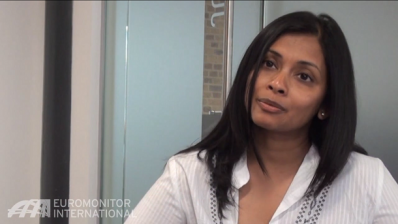Procter & Gamble should restructure business operation, analyst says
The company should consider splitting the business into smaller more manageable business units if it continues to see profits slide throughout the current financial years, Bernstein analyst Ali Dibadj wrote in recently published notes.
Dibadj estimates that if the company were to be broken up next year it would help grow the business value to an estimated $208m based on current earnings projections, a significant leap given that the company is currently estimated to be worth $171m.
In recent years the company has focused on spending in emerging markets, where market growth has continued to grow well ahead of the developed markets, specifically the US and Europe.
Refocusing to maintain sustainable growth in larger markets
But Dibadj believes that the company now needs to refocus on the larger market, where market share has continued to eat away at its mainstay income, counterbalancing gains made in the emerging and faster growth markets.
In May 2016 P&G CEO Robert McDonald announced that the company was planning to cut back on spending in the emerging markets to focus on the larger markets in an attempt to gain back some of this lost market share.
The company was forced to take this action after the results for the first quarter of 2012 showed a drop in profits, alongside shrinking global market share, which it attributed to focusing too much on emerging markets.
Aiming to save $16bn by 2016
McDonald estimates that its cost cutting measures will save the company an estimated $10 billion in the three financial years up to 2016.
Although the analysis does not go into any specific details of the split, it could also be that the company may choose to divide its business up on geographic lines, moving away from a hierarchy that is focused around its Cincinnati headquarters, in Ohio.
Moving beauty headquarter to Singapore
A possible hint of this intention also came in May when the company announced that it was moving its beauty and personal headquarters from Cincinnati to Singapore, where the company believes it will be better placed to tap into growth in the Asia Pacific region.
The existing head of beauty, Virginia Drosos, will be replaced by Deborah Henretta, who has headed up the company’s Asia Pacific business for several years and helped drive significant growth throughout the region.
Industry experts have noted that this is the first time a non-American executive has been appointed to a top executive position, pointing to the fact that the company is now taking on more of a global identity as part of efforts to ingratiate itself with the higher growth emerging markets.










